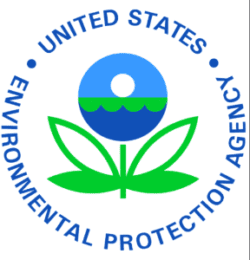Climate change poses many threats to the health and well-being of Americans, from increasing the risk of extreme heat events and heavy storms to increasing the risk of asthma attacks and changing the spread of certain diseases carried by ticks and mosquitoes.
Some of these health impacts are already happening in the United States.
Scientists’ understanding of the multiple ways that climate change increases risks to human health has advanced significantly in recent years. This section highlights key concepts from one of the latest climate and health assessments (see the box) to help illustrate how climate change can affect human health in the United States. In addition, this section demonstrates how EPA’s climate change indicators advance the dialogue in connecting climate change and human health.
How Does Climate Change Affect Human Health?
Climate change can exacerbate existing health threats or create new public health challenges through a variety of pathways. Figure 1 summarizes these connections by linking climate impacts to changes in exposure, which can then lead to negative effects on health (health outcomes). This figure also shows how other factors—such as where people live and their age, health, income, or ability to access health care resources—can positively or negatively influence people’s vulnerability to human health effects. For example, a family’s income, the quality of their housing, or their community’s emergency management plan can all affect that family’s exposure to extreme heat, the degree to which their health is affected by this threat, and their ability to adapt to impacts of extreme heat.




